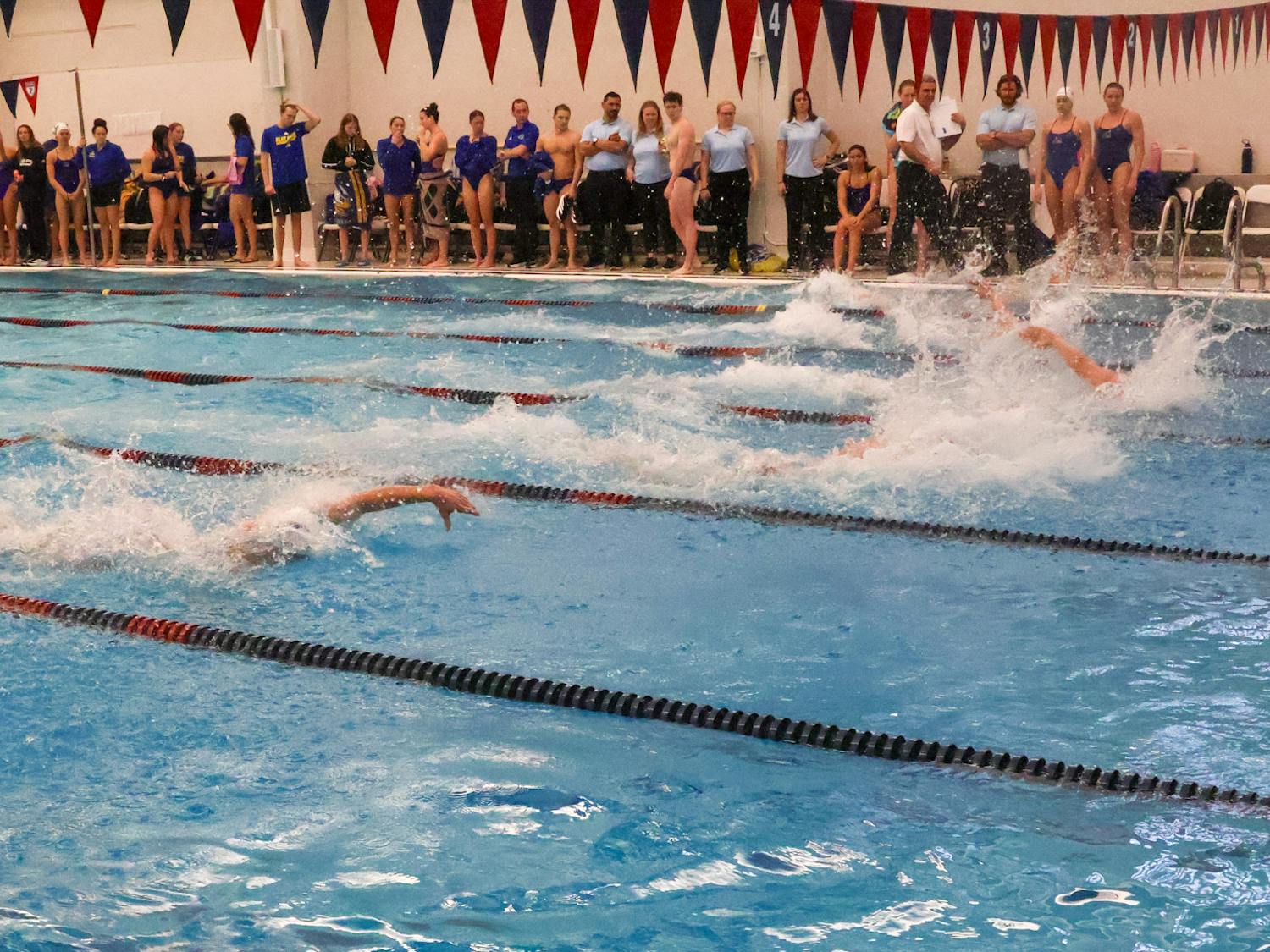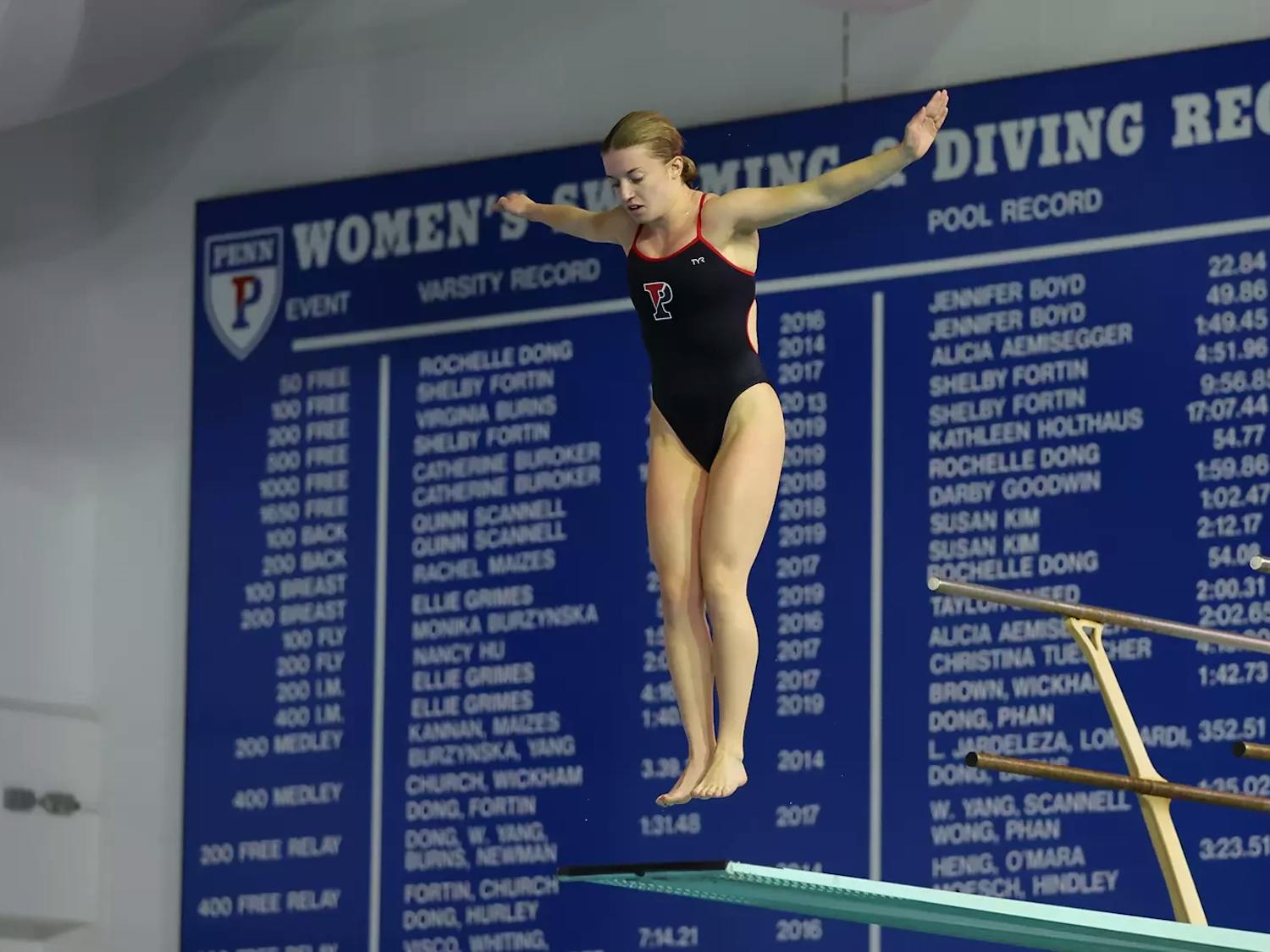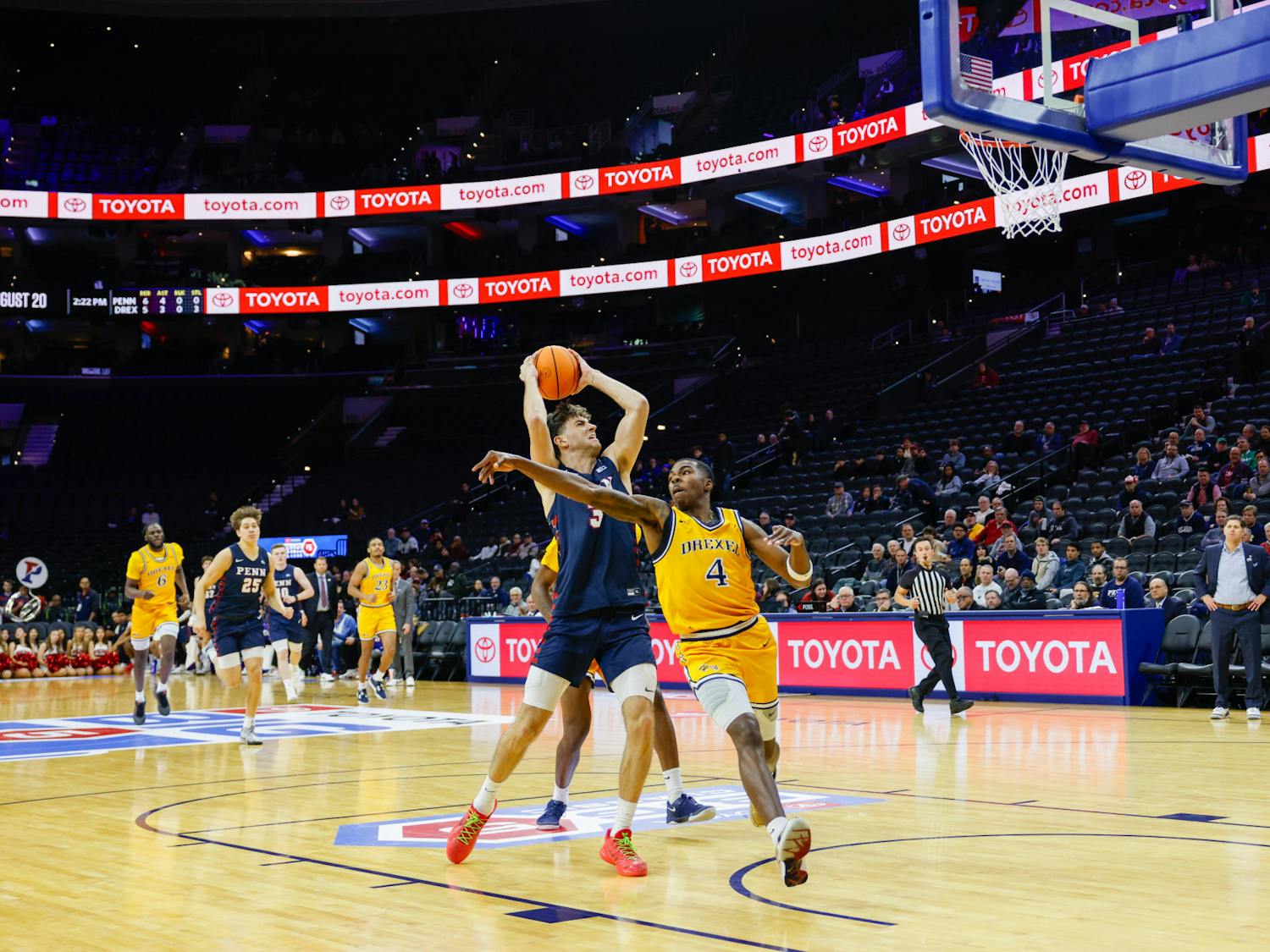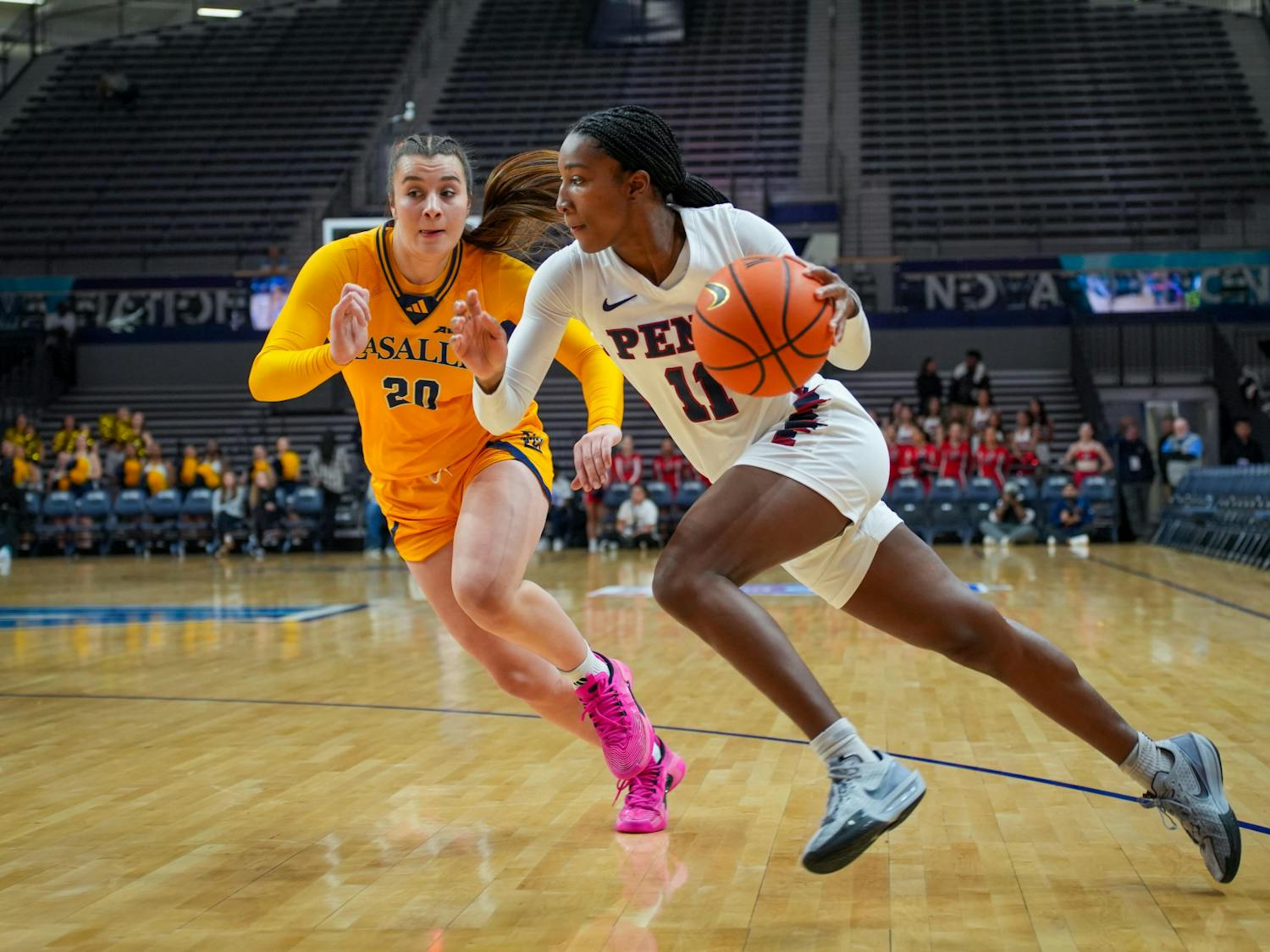Way to go, NCAA. You did the right thing -- the surprising thing.
Never before in history had more than two Ivy League teams made the NCAA Division I Women's Soccer Championships. On Selection Sunday in November, however, the selection committee announced that four Ivy squads -- Penn, Princeton, Dartmouth and league champ Harvard -- had earned bids for the 48-team field.
Surprising? Yes.
Deserving? Unquestionably.
"I was a little surprised that we had four teams going, surprised in the sense that it's not the traditional thing," said then-Penn coach Andy Nelson, who left in March to take the head job at Stanford.
Looking at the numbers, though, it's clear the break in tradition is not so much a lucky aberration as a just reward.
"When you look at the quality of the teams in the Ivy League, it's not so much of a surprise because there's a lot of good teams," Nelson said. "I think the Ivy League's developing very fast into one of the elite conferences in the country."
Though Nelson was an Ivy League newcomer last season -- his first and only with Penn -- there's no question about the league's ascent to the upper echelon of women's soccer conferences.
The statistics speak for themselves. In the RPI ratings for the '98 season, released last February, the Ivy League ranked a surprising second. The eight Ivies went an impressive 60-22-6 in non-league play last year. This season, they were a solid 51-23-5.
Most impressive, however, was that Dartmouth -- the fifth-place team in the league, behind Yale -- made the cut. At 9-7-2 overall and just 3-3-1 in the league, the Big Green were the only ones in the 48-team field with fewer than 10 wins.
Once in the Tournament, Dartmouth proved its worth with a 3-0 stomping of Colgate in the first round. The Big Green were the only Ivy squad to win a Tournament game, as Penn lost 1-0 to James Madison, while Harvard and Princeton also lost one-goal games.
The toughness of the Ivy League in the Tournament spoke to both the ascent of the league and the parity within the conference as well. Ivy League women's soccer is not men's basketball, where Penn and Princeton rule the roost and bottom-dwellers like Brown get pounded in-conference and blown away by non-league lightweights. In the world of Ivy League women's soccer, there are no gimmes; every league contest is a battle.
"If you look at the competition within the league, there are lots and lots of one-goal games every weekend, and anything can happen at any given day," said Harvard coach Tim Wheaton, whose team went 7-0 in league play but beat last-place Columbia by just a goal.
Battle-tested in league play, the Ivy squads have taken to abusing opponents in non-league games in recent years. In '98, Penn struggled in conference play, earning its first Ivy win on the final day of the season to finish 1-5-1, tied for last in the league. Out of conference, however, the Quakers were a downright dominant 10-0. This year, Penn skyrocketed to 6-1 in the league, while Columbia plummeted to 0-6-1. The Lions, in turn, vented their Ivy frustrations against non-league opponents to the tune of an 8-1-1 out-of-conference record.
This is hardly the same Ivy League that Wheaton entered in 1987. That season -- four years before Penn first fielded a team and nine years before the institution of automatic bids to the Tournament -- the Crimson went 3-1-2 in the Ivies, 8-2-3 overall. But neither Harvard nor Ivy champ Cornell received an NCAA invite. How about league parity? That season, Columbia scored just once in Ivy games while surrendering 26 goals.
All things considered, the rise of Ivy League women's soccer may just make it the most impressive conference under the Ivy Group banner. True, in the world of heavyweight rowing, the Ivies have a near stranglehold on success, Cal and Washington aside. And the All-America squads for squash and fencing both read like Who's Who lists of the Ivy League. But soccer is a national sport, more mid-America and everywoman than Middlesex and Exeter.
What about men's lacrosse, where Princeton has won five national titles in the '90s? How about wrestling, where the Quakers field a number of All-Americans and boast a top-10 ranking? Women's soccer has them both beat. Division I wrestling teams are outnumbered by women's soccer teams nearly 3-to-1, and political analysts rarely talk about Lacrosse Moms. Soccer is a sport played everywhere, but the seemingly old-money, East Coast, scholarship-lacking Ivies have risen to the ranks of the nation's best.
But while crew may be a matter of staying atop the field until the scholarship powerhouses discover the sport and catch up, the Ivies show no sign that the fall of 1999 was the peak.
"There's something to the idea that our institutions do have an attraction, and our teams have an attraction," said Jeff Orleans, executive director of the Ivy League. Orleans questioned the future of the Ivies in the burgeoning world of women's soccer when he was appointed in '84 but now has no doubts. "As long as it looks like a good experience and one where you're going to improve as you play, that keeps us competitive."
And it's high time the NCAA took notice of the Ivies' rise. Two years ago, the committee rewarded the Ivy League with no at-large bids. League-champ Harvard responded by giving undefeated, eventual-champion North Carolina their toughest test of the Tournament in a 1-0 loss.
Two years later, the NCAA Women's Soccer Committee finally dignified the legitimacy of the Ivies by peppering a 48-team pool in a truly national sport with a full 50 percent of the Ivy League.
After thanking Harvard for making the league look good by rising to the top 10 and earning one of the eight seeds in the Tournament, Princeton coach Julie Shackford summed it up best:
"I think the NCAA showed a lot of integrity in discerning that this is a legitimate league."
So congratulations, selection committee. You've done well.








